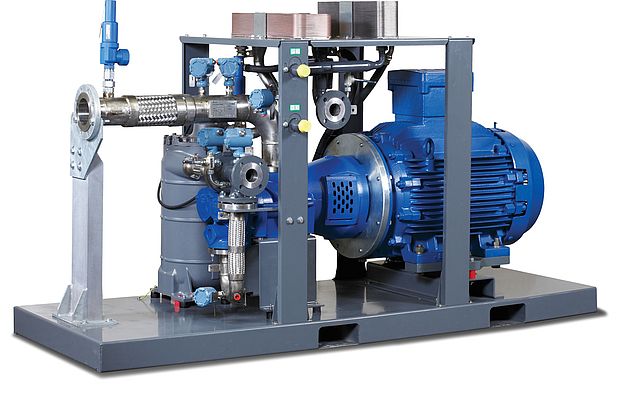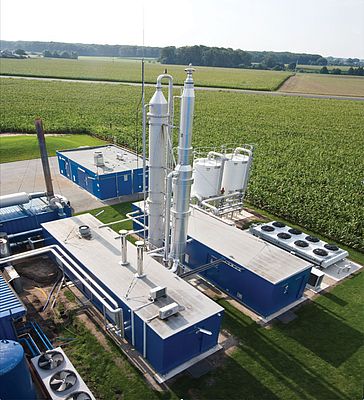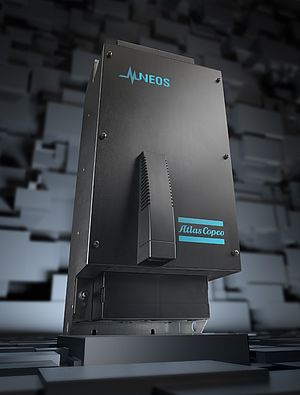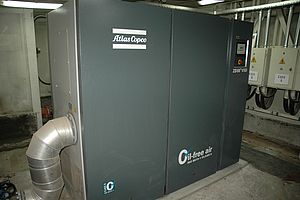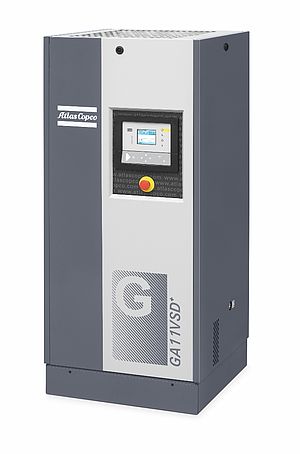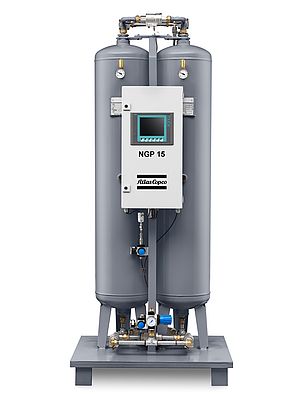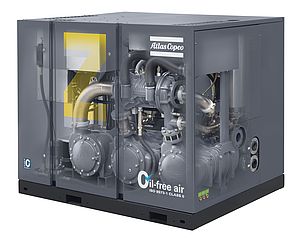By 2020, 20% of all energy and 10% of all transport fuel should come from renewable sources. Modern on-site biogas technology allowed Wenning’s agricultural factory and distillery to evolve into an award winning energy producer.
Since 1752,the Wenning family has run a successful agricultural business and distillery in Rhede, Germany. 30 years ago, they took the first pioneering steps towards on-site biogas production. Together with the help of Atlas Copco, they now have evolved into an award winning energy producer, using 50% less power than other, comparable plants.
By 2020, 20% of all energy and 10% of all transport fuel should come from renewable sources. To reach these European targets, countries are rethinking their energy mix. Germany is extensively promoting biogas as an alternative source of energy. “In comparison with other sources of energy, like electricity for example, the biggest advantage is storability. We can store up to two months’ worth of energy”, says Bernd-Josef Wenning. As biogas is stored in the existing gas network, it doesn’t have to be consumed immediately and no additional investment in the gas grid is required.
In Germany, over 6000 anaerobic digesters convert biomass into raw biogas. This number will more than double over the next ten years. “The energy cycle is simple: the distillery contributes with residues that feed the bulls”, Wenning explains. “The bulls give manure in return, a raw material for the biogas plant. The plant delivers gas, which is used to generate electricity and steam. This is a closed loop that really makes sense.”
There are two possibilities to use your biogas: cogeneration and as substitute to natural gas (upgraded biogas). As cogeneration is only effective as a local source of electricity and heat, and is less efficient when the heat is only used at certain times of the year, upgrading the biogas to biomethane offers better opportunities. By 2020, biomethane is expected to provide 10% of Germany’s overall gas demand.
“Biomethane offers a twin benefit: first, we gain energy. Secondly, we avoid energy costs. On the one hand, we obtain gas, energy we can use for all sorts of things. On the other hand, the output of a biogas plant can be used as fertilizer, reducing the burden on the environment.”
Biogas upgrading is the starting point to bring biomethane to end users. Anaerobic digesters typically produce the raw gas from organic materials and waste. Methane is extracted from the raw gas. During this process, undesired inert and corrosive substances are removed. The biogas upgrading equipment is specifically designed to cope with the raw gas composition at your site. Atlas Copco offers three upgrading technologies matching specific requirements. Actual plants in operation are located throughout Europe and range from 60 to 3500 Nm³/h.
The upgraded biogas (biomethane) is prepared for injection into the gas grid. The biomethane needs to meet the specifications and composition of the natural gas in the local gas grid. Furthermore it is compressed to the local gas pipeline pressure. Atlas Copco offers two gas compression technologies which meet the stringent specifications for gas grid injection.
Atlas Copco acquired the know-how that pioneered biogas technology, offering proven solutions. Installations have already been built in Germany, throughout Europe and there are many more to come. By being a single partner for integrated solutions, Atlas Copco selected together with Wenning the most suitable technology, ensuring optimal energy efficiency and minimal operating costs.


